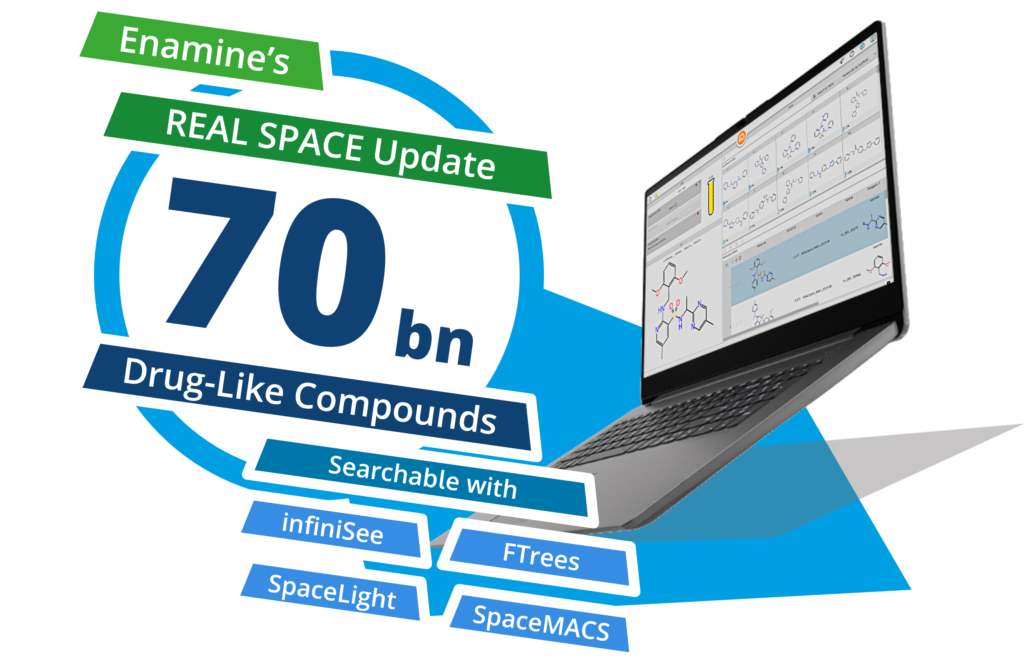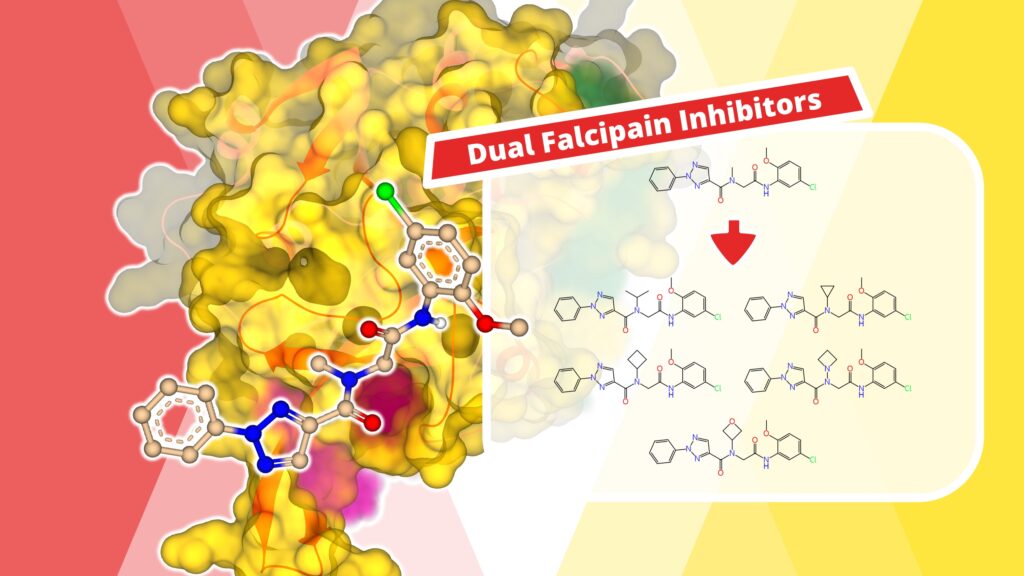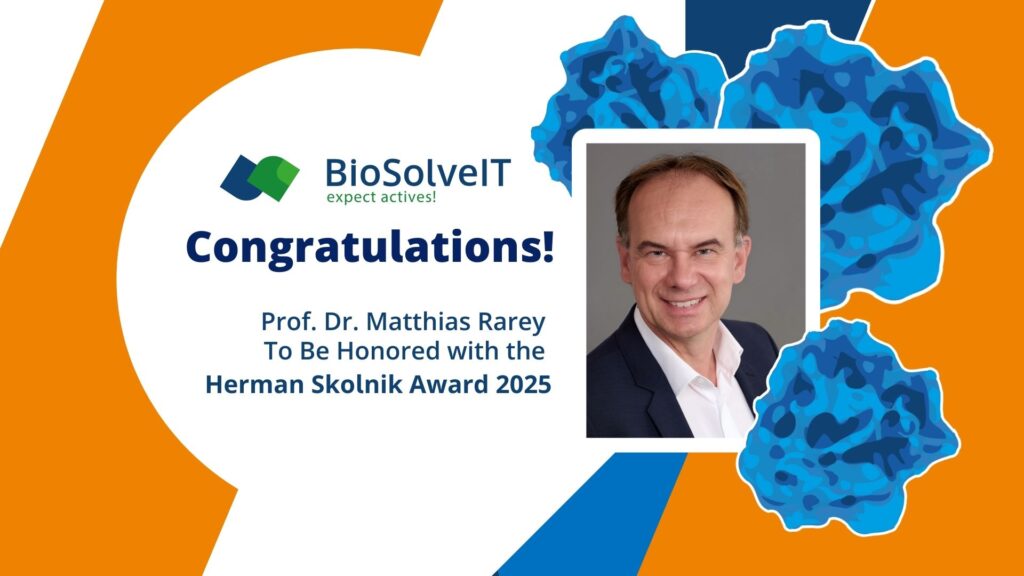In this YoungSolvers 101 webinar you will learn the basics how to operate within SeeSAR and infiniSee. We give an introduction into the different modes of SeeSAR including how to edit your protein and ligand. Additional insights into the science behind the application will support you in your future projects and decision-making processes.
Topics of this webinar (selection):
- Detect binding sites at your target
- How to create and modify a ligand
- Basics of molecular docking
- How to assess your protein-ligand complex
- How to find accessible ligands
Level: Beginner








